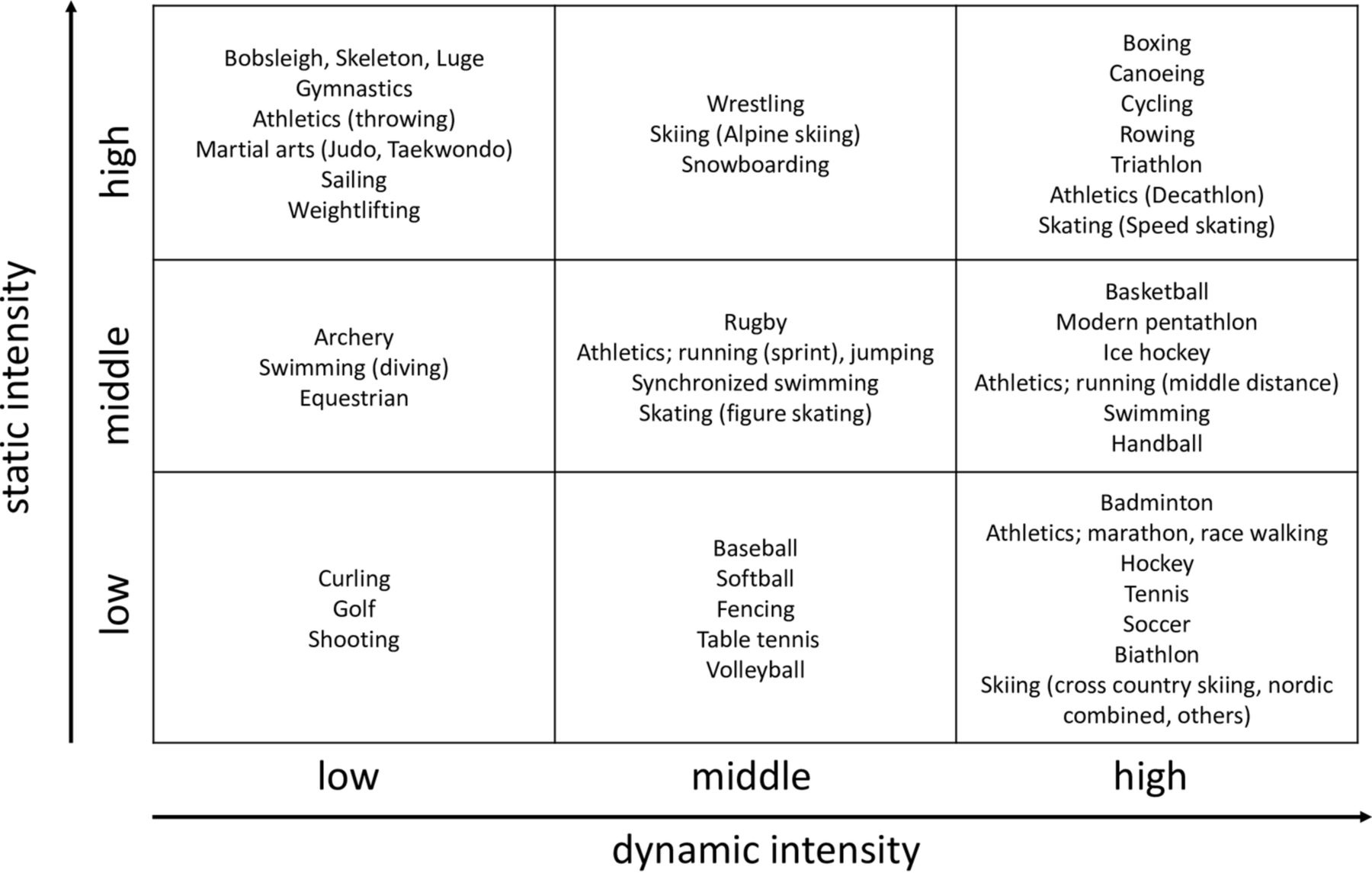Mortality of Japanese Olympic athletes: 1952–2017 cohort study
Taro Takeuchi BMJ Open Sport & Exercise Medicine 2019;5:e000653
Aim To evaluate mortality among Japanese Olympic athletes compared with the general population and also evaluate their mortality based on total number of Olympics participation and intensity of sports disciplines.
Methods Information on biography, vital status, date of birth, date of death and latest follow-up date on Japanese Olympians was retrieved from six online databases and compared. Standardised mortality ratio (SMR) was estimated according to observation periods and years from last participation in the Olympics. To further evaluate the association between mortality and total number of Olympics participation/intensity of sports disciplines within the study population, rate ratios (RRs) adjusted by sex, observation period and attained age group were estimated by a Poisson regression model.
Results A total of 3381 Olympians were included in the analysis. The total person years was 94 076.82. The deaths of 153 (4.53%) Olympians were confirmed, and the overall SMR was 0.29 (95% CI, 0.25 to 0.34). SMRs categorised by years from last participation did not differ significantly. Higher mortality was observed among those who participated in the Olympics twice (RR: 1.52; 95% CI, 1.04 to 2.23) and three times or more (RR: 1.87; 95% CI, 1.08 to 3.25) compared with those who participated just once. Compared with combination of low static and low dynamic intensity category, higher mortality was observed in most combinations of middle-intensity or high-intensity categories.
Conclusion Japanese Olympians lived longer than the general population. More frequent participation in the Olympics and higher intensity of sports disciplines were associated with higher mortality.














